Home>Renovation & DIY>Tools & Equipment>How To Locate A Stud Without A Stud Finder
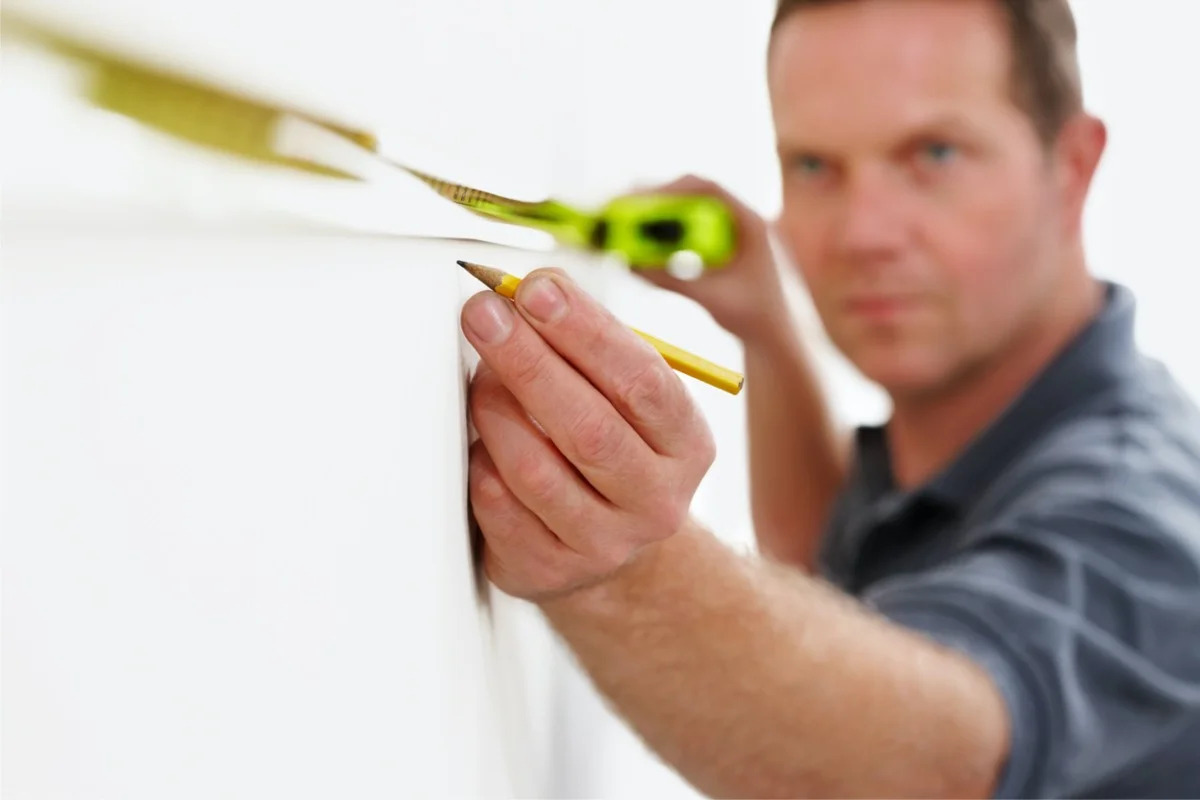

Tools & Equipment
How To Locate A Stud Without A Stud Finder
Modified: March 1, 2024
Learn how to find a stud without a stud finder using simple tools and equipment. Discover effective techniques for locating studs in your walls.
(Many of the links in this article redirect to a specific reviewed product. Your purchase of these products through affiliate links helps to generate commission for Storables.com, at no extra cost. Learn more)
Introduction
Locating a stud without a stud finder may seem like a daunting task, but with the right techniques and a bit of patience, it can be accomplished. Whether you’re hanging a heavy mirror, a piece of artwork, or installing shelving, finding a stud is crucial for ensuring a secure and stable mount. While a stud finder is a convenient tool for this purpose, there are alternative methods that can be just as effective.
In this guide, we will explore three methods for locating a stud without a stud finder. From utilizing common household items to employing sound and tapping techniques, you’ll discover practical and resourceful ways to pinpoint the studs behind your walls. By mastering these methods, you’ll gain the confidence to tackle various mounting projects without the need for a stud finder.
So, let’s delve into the art of stud finding and equip ourselves with the knowledge to confidently locate studs within our walls, ensuring our fixtures and fittings are securely anchored.
Key Takeaways:
- You can locate a stud without a stud finder by using household items like magnets, flashlights, and tape measures. These everyday items can help you find studs behind your walls for mounting projects.
- Sound-based methods, such as tapping and listening for acoustic cues, offer alternative ways to locate studs. By honing your ability to discern variations in sound, you can develop a keen sense for identifying structural elements within your walls.
Method 1: Finding a Stud Using Common Household Items
When a stud finder is not readily available, you can turn to everyday household items to aid in locating studs behind your walls. One such item is a strong magnet. By running a magnet along the wall, you can detect the presence of nails or screws used to secure the drywall to the studs. These fasteners will create a subtle attraction, allowing you to pinpoint the stud’s location.
Another household item that can assist in stud finding is a flashlight. By shining a bright light across the wall’s surface at a shallow angle, you may notice slight imperfections or changes in texture that indicate the presence of a stud. These visual cues can be subtle but effective in identifying the stud’s position.
Furthermore, a tape measure or ruler can be utilized to measure 16 inches from a corner, as studs are typically spaced at 16-inch intervals in many construction practices. By marking this measurement along the wall, you can increase the likelihood of encountering a stud at that location.
Additionally, paying attention to electrical outlets and switches can provide valuable clues, as they are often anchored to a stud. By determining the distance between these fixtures and extrapolating potential stud locations, you can narrow down the search area with greater precision.
By employing these common household items and techniques, you can effectively locate studs without the need for a stud finder, empowering you to confidently proceed with your mounting projects.
Method 2: Using Sound to Locate a Stud
Sound can be a valuable indicator when it comes to locating studs within your walls. By utilizing the tapping method, you can discern variations in sound that may signify the presence of a stud.
To begin, use your knuckles or a small hammer to lightly tap along the wall. As you tap, pay attention to the sound produced. A hollow or dull sound typically indicates an empty space between studs, while a solid and resonant sound suggests that you’ve tapped directly on a stud.
When you detect a solid sound, continue tapping horizontally and vertically to confirm the stud’s edges. The change in sound will help delineate the stud’s width, allowing you to mark its boundaries accurately.
Another sound-based method involves using a thin drill bit to create a small hole in the wall. Once the drill bit penetrates the drywall and enters the stud, you’ll notice a distinct change in resistance and sound. This method requires caution and should only be employed when absolute precision is necessary, as it involves creating a hole in the wall.
By honing your ability to discern sound variations, you can effectively locate studs without relying on a stud finder. This method not only provides a practical alternative but also hones your observational skills, making you more adept at identifying structural elements within your walls.
Use a magnet to find a stud in the wall. Move the magnet along the wall until you feel it pull towards a metal screw or nail, indicating the presence of a stud.
Method 3: Tapping and Listening for a Stud
Another effective technique for locating a stud without a stud finder involves tapping and listening for subtle acoustic cues. This method relies on your ability to discern changes in sound as you tap along the wall, aiding in the identification of the underlying studs.
To begin, use your fingertips or a small hammer to tap the wall lightly. As you tap, listen for variations in sound. A hollow or muffled sound typically indicates an empty space, while a solid, resonant sound suggests that you’ve tapped directly onto a stud.
Once you detect a solid sound, continue tapping horizontally and vertically to confirm the stud’s edges. The change in sound will help delineate the stud’s width, allowing you to mark its boundaries accurately.
Additionally, you can employ a stethoscope or a simple listening device, such as a glass or cup, to amplify the sound as you tap. By placing the listening device against the wall and tapping nearby, you can enhance your ability to discern subtle sound variations, further aiding in the precise localization of studs.
By honing your tapping and listening skills, you can effectively locate studs without the aid of a stud finder. This method not only provides a practical alternative but also sharpens your sensory acuity, enabling you to identify structural elements within your walls with increased precision.
Conclusion
Mastering the art of locating a stud without a stud finder opens up a world of possibilities for DIY enthusiasts and homeowners. While a stud finder is undoubtedly a convenient tool, the ability to rely on alternative methods empowers individuals to tackle mounting projects with confidence, even in the absence of specialized equipment.
By utilizing common household items such as magnets, flashlights, and tape measures, you can effectively pinpoint the presence of studs behind your walls. These resourceful techniques not only showcase the ingenuity of everyday items but also demonstrate the practicality of using what’s readily available to achieve your goals.
Sound-based methods, including tapping and listening for acoustic cues, offer valuable alternatives for locating studs. By honing your ability to discern variations in sound, you can develop a keen sense for identifying the structural elements within your walls, further expanding your DIY skill set.
Ultimately, the knowledge and proficiency gained from mastering these methods provide a sense of self-reliance and resourcefulness. Whether you’re hanging a heavy object, installing shelving, or undertaking a home improvement project, the ability to locate studs without a stud finder equips you with the confidence to tackle these tasks independently.
So, the next time you find yourself without a stud finder, remember that ingenuity and resourcefulness are at your disposal. By harnessing the power of common household items and sound-based techniques, you can confidently locate studs, ensuring that your fixtures and fittings are securely anchored, and your DIY endeavors are met with success.
Frequently Asked Questions about How To Locate A Stud Without A Stud Finder
Was this page helpful?
At Storables.com, we guarantee accurate and reliable information. Our content, validated by Expert Board Contributors, is crafted following stringent Editorial Policies. We're committed to providing you with well-researched, expert-backed insights for all your informational needs.
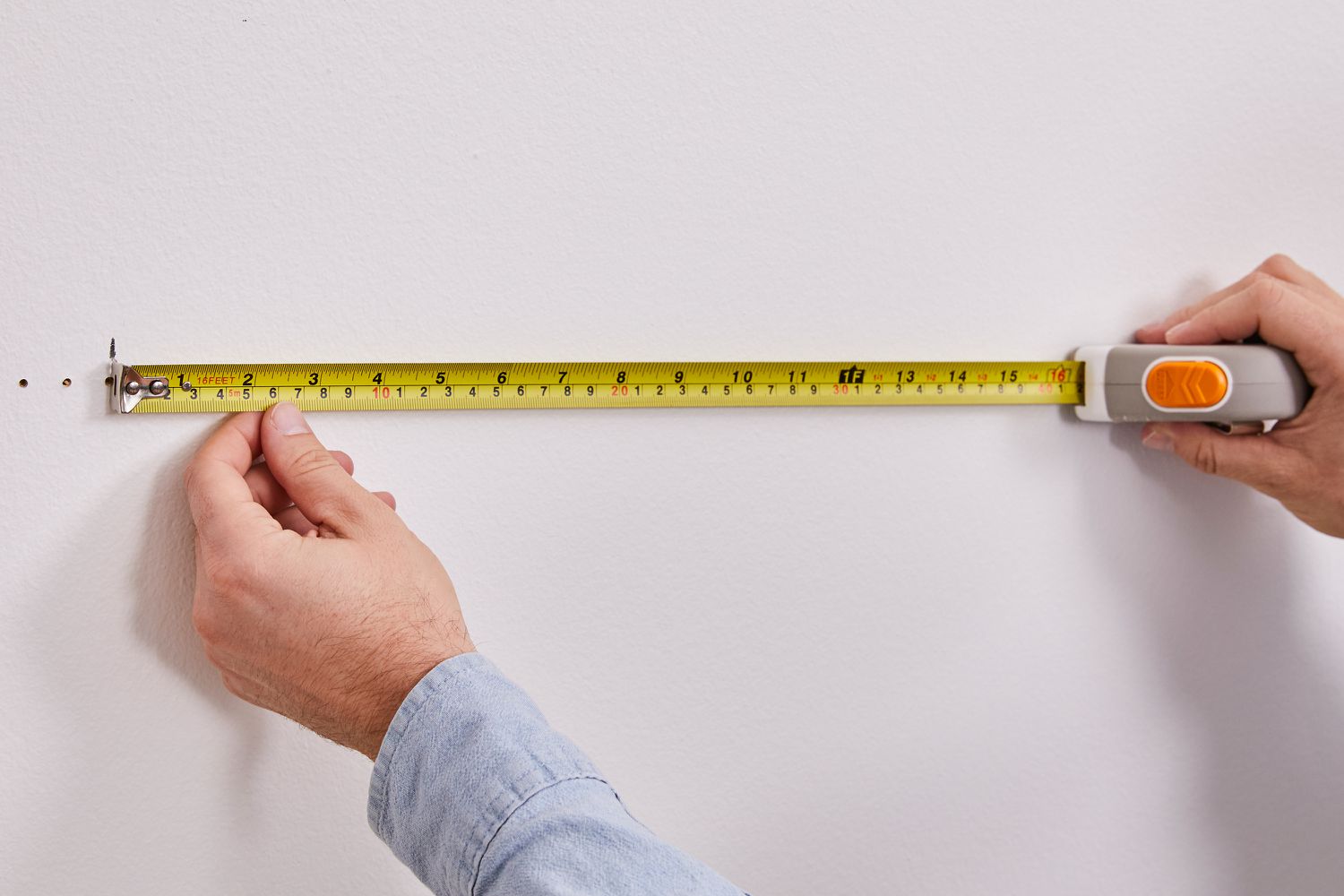
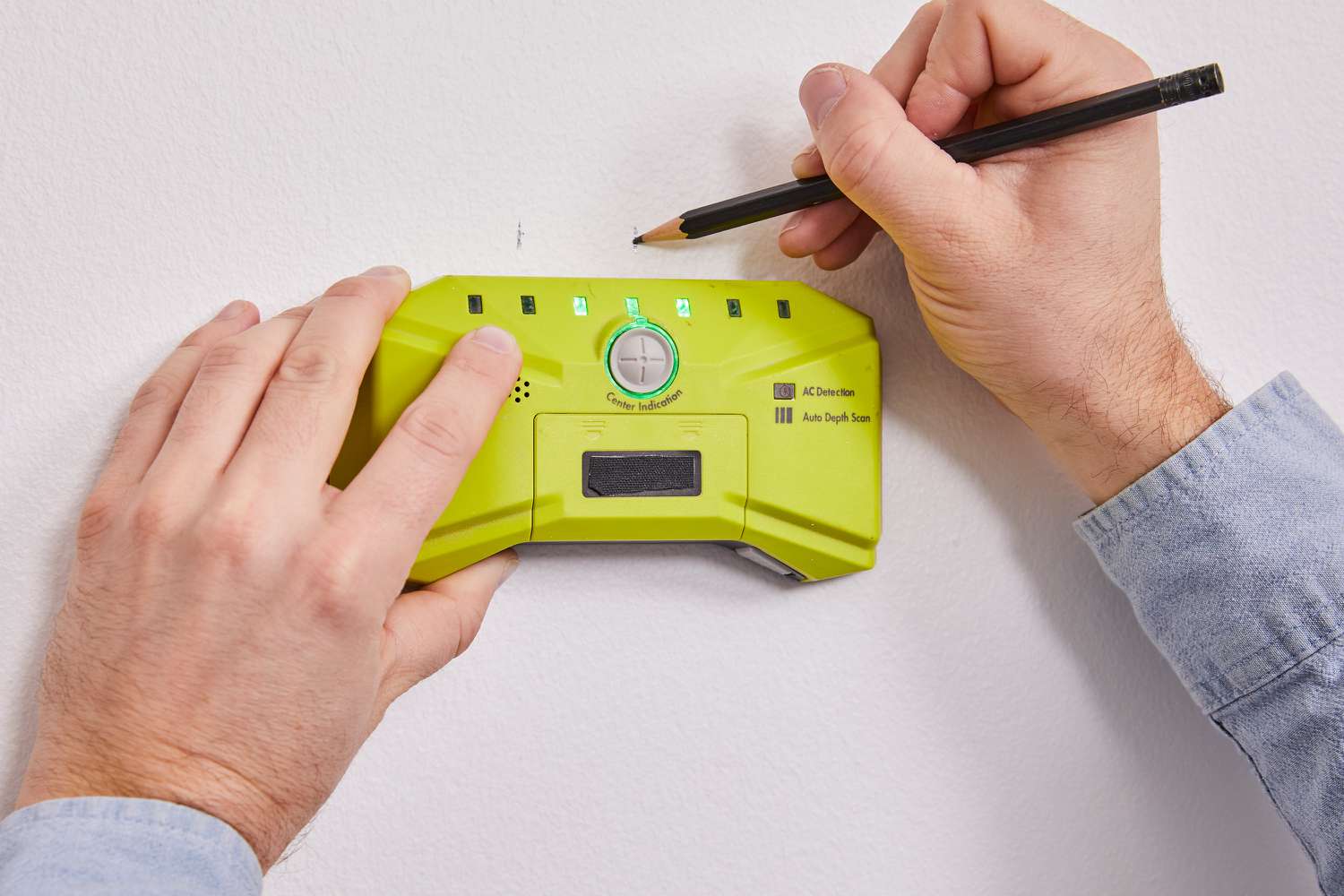
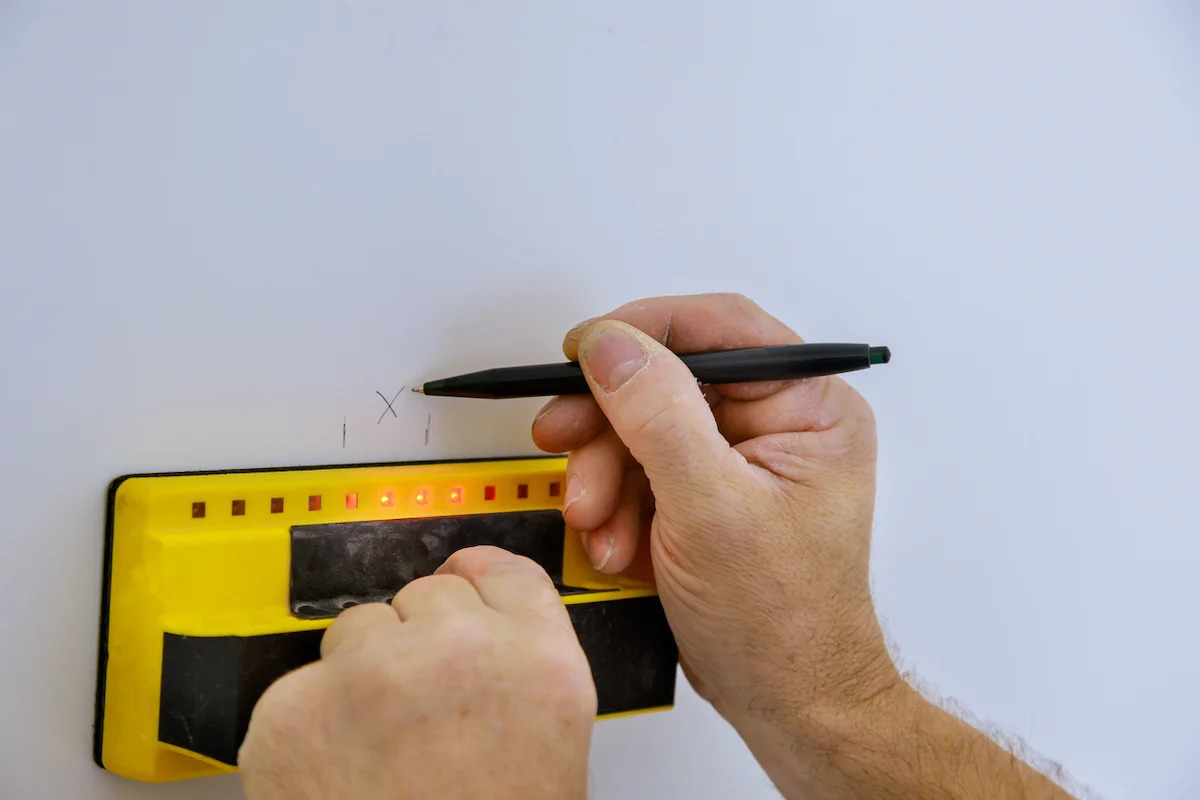
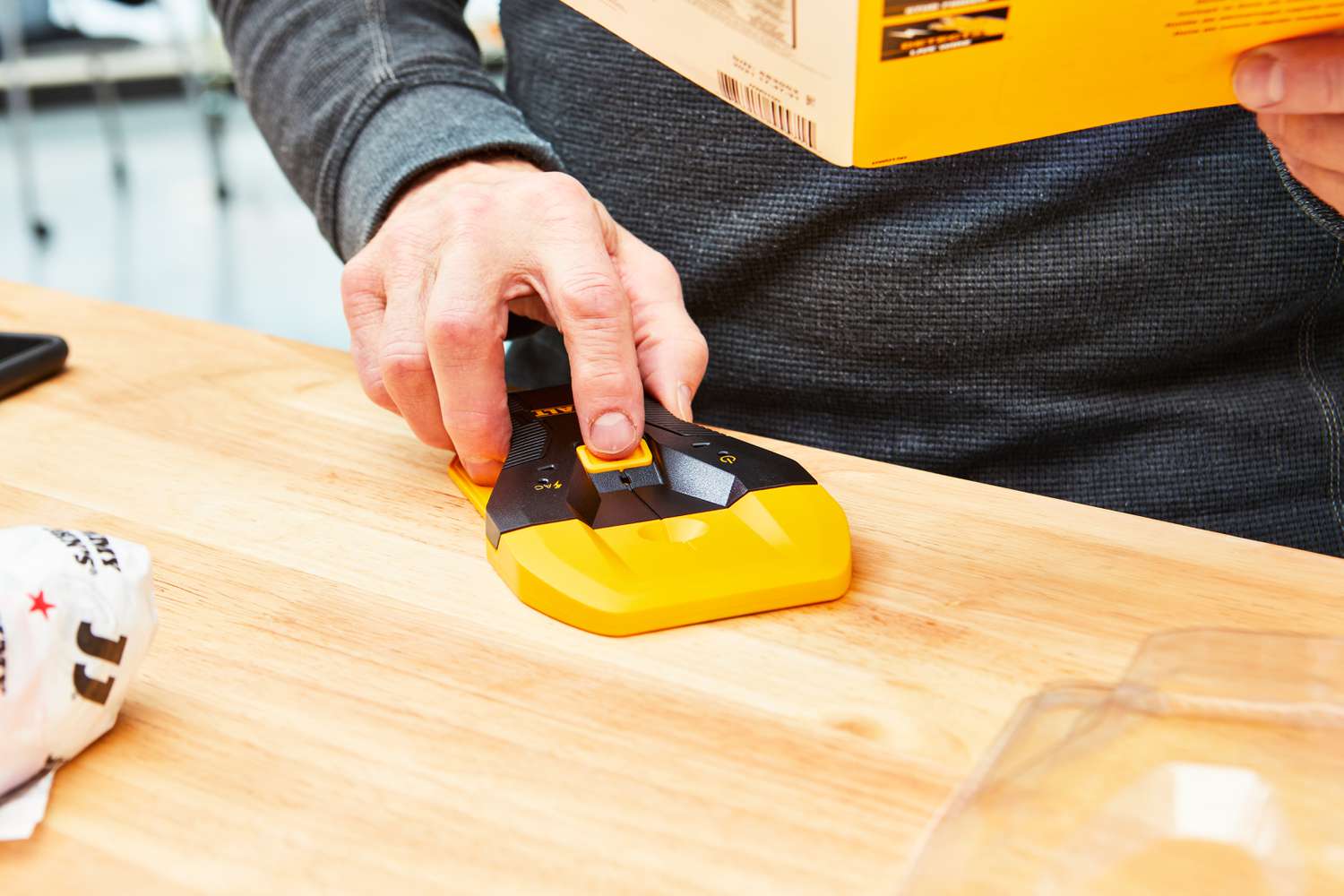
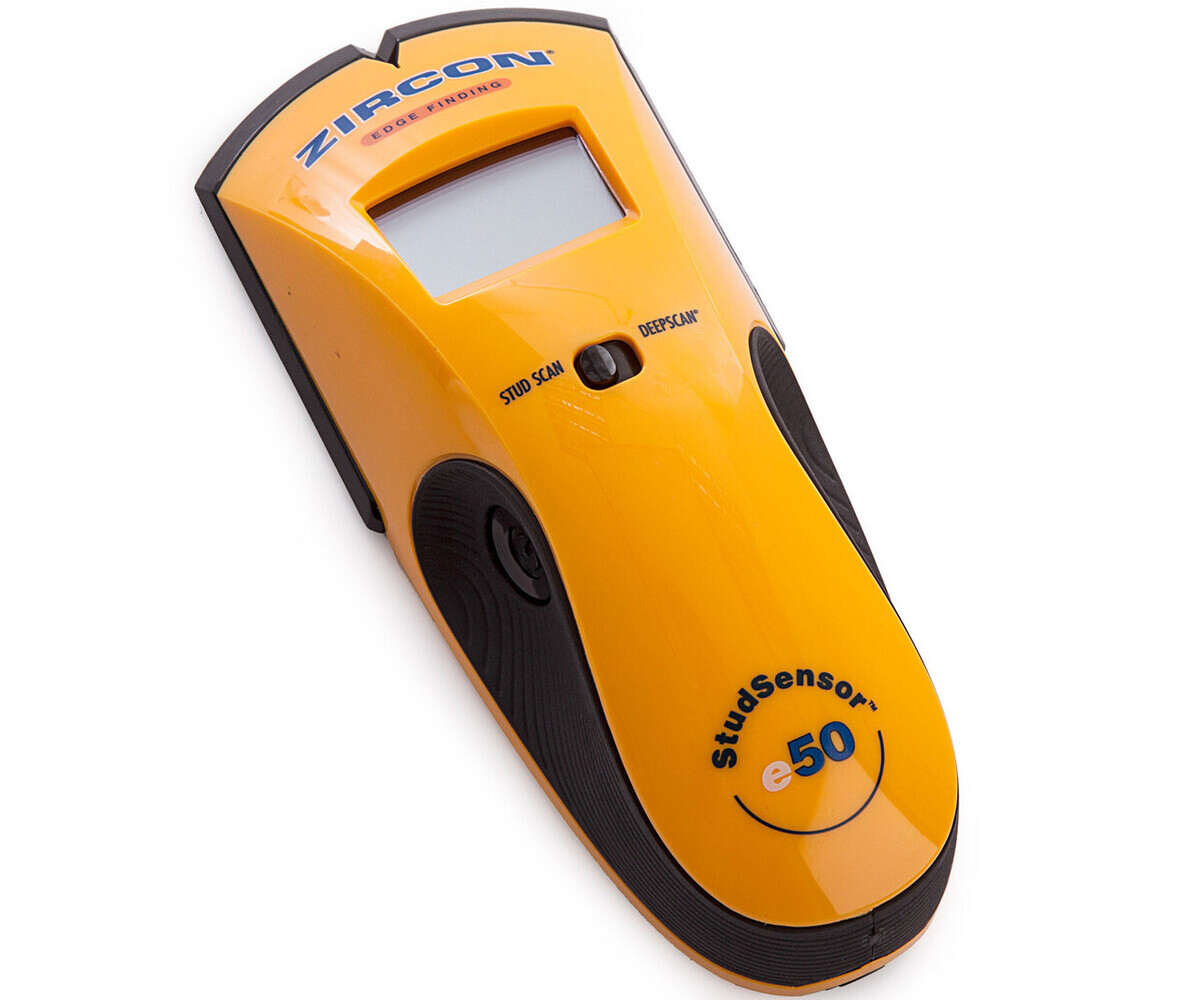
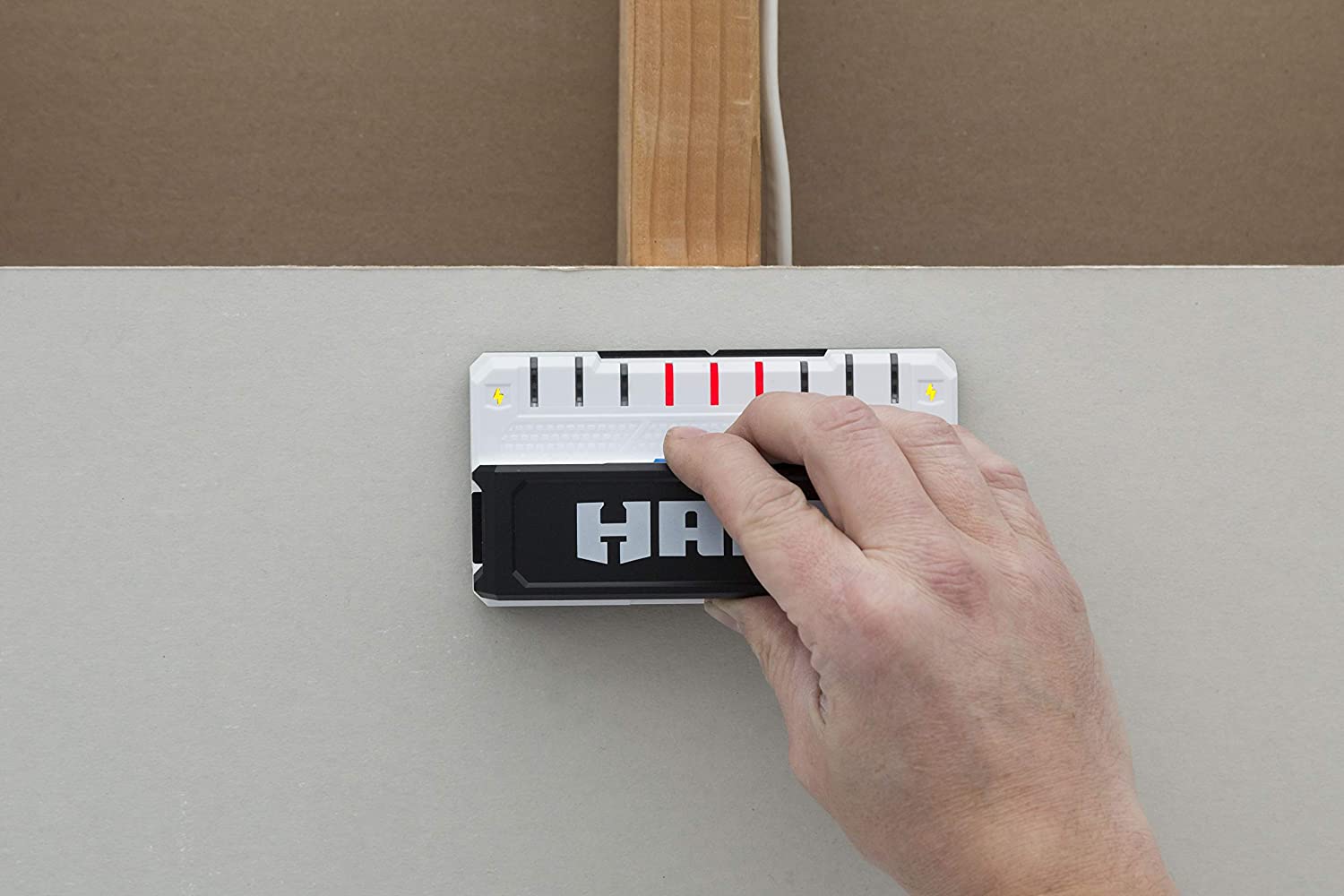
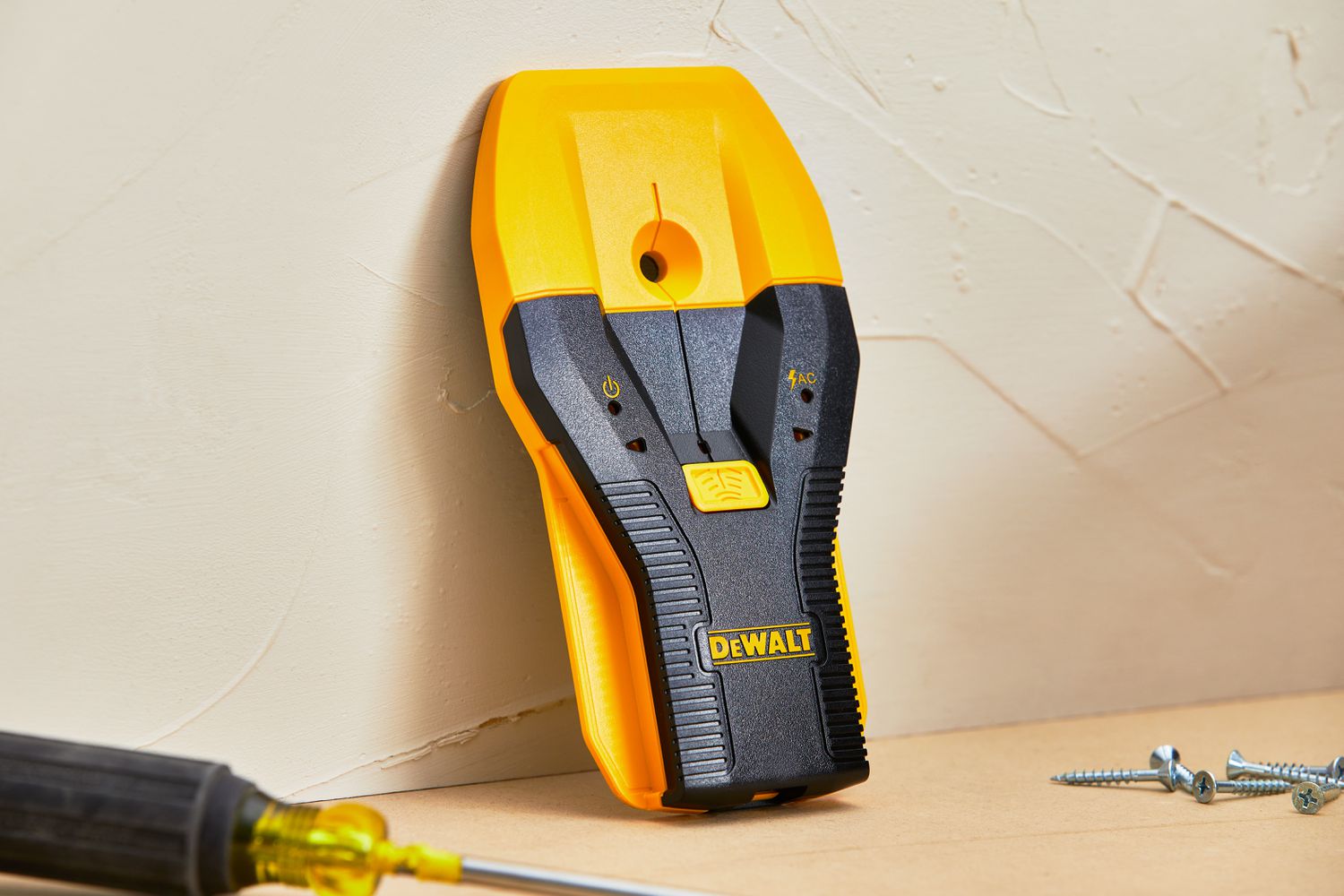
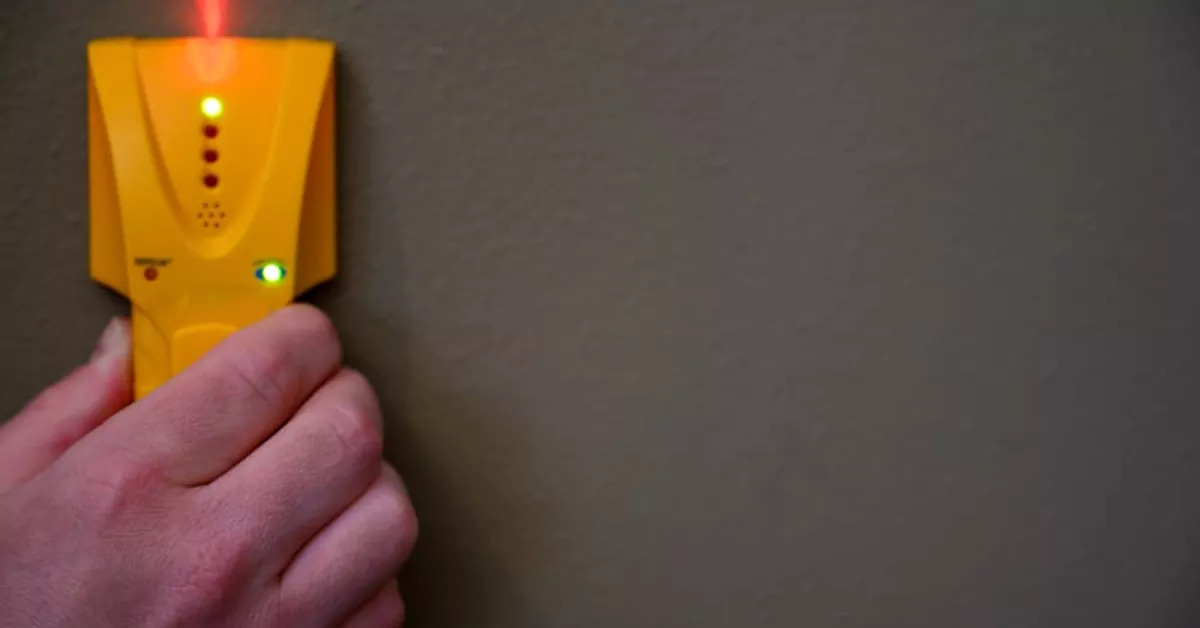
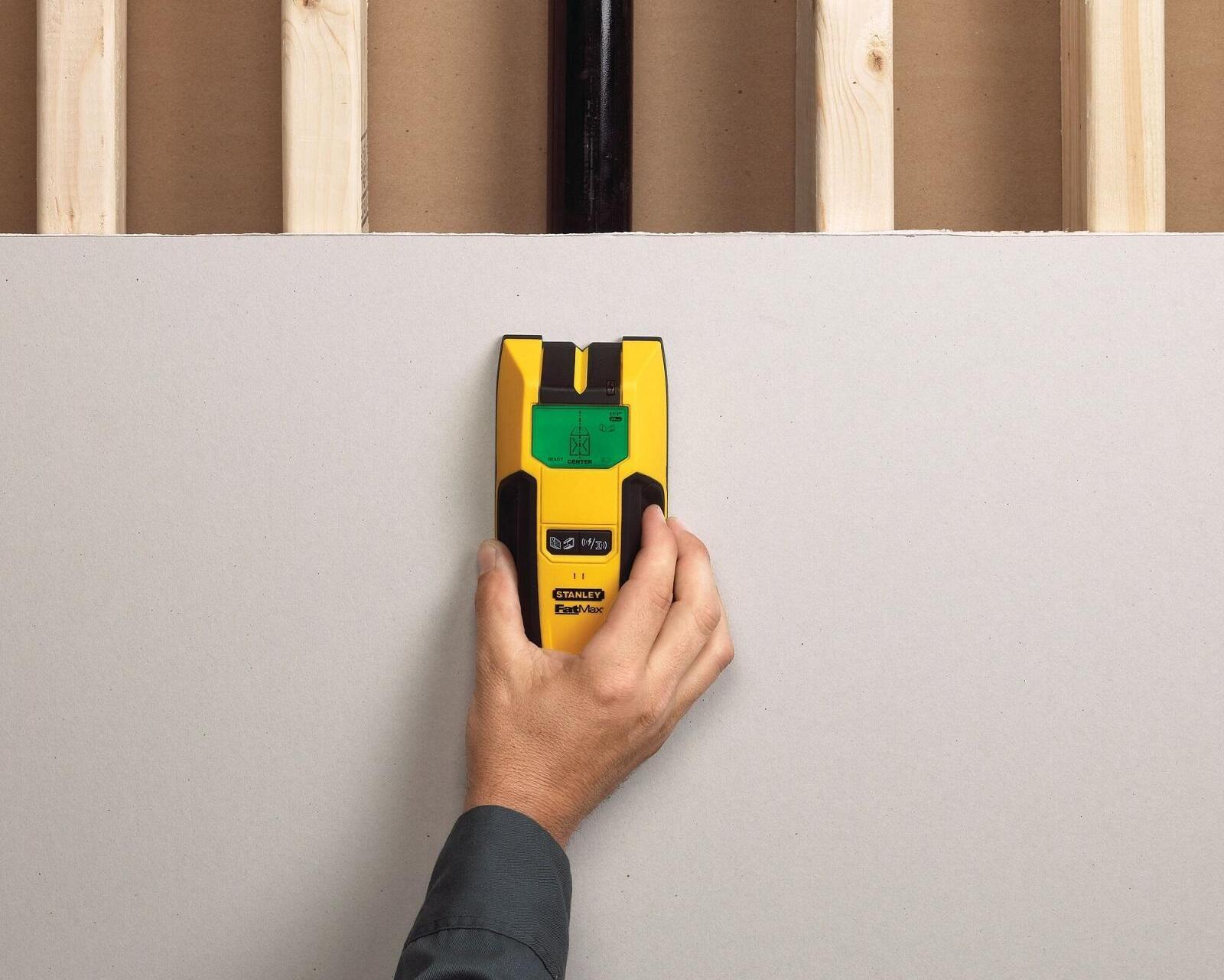
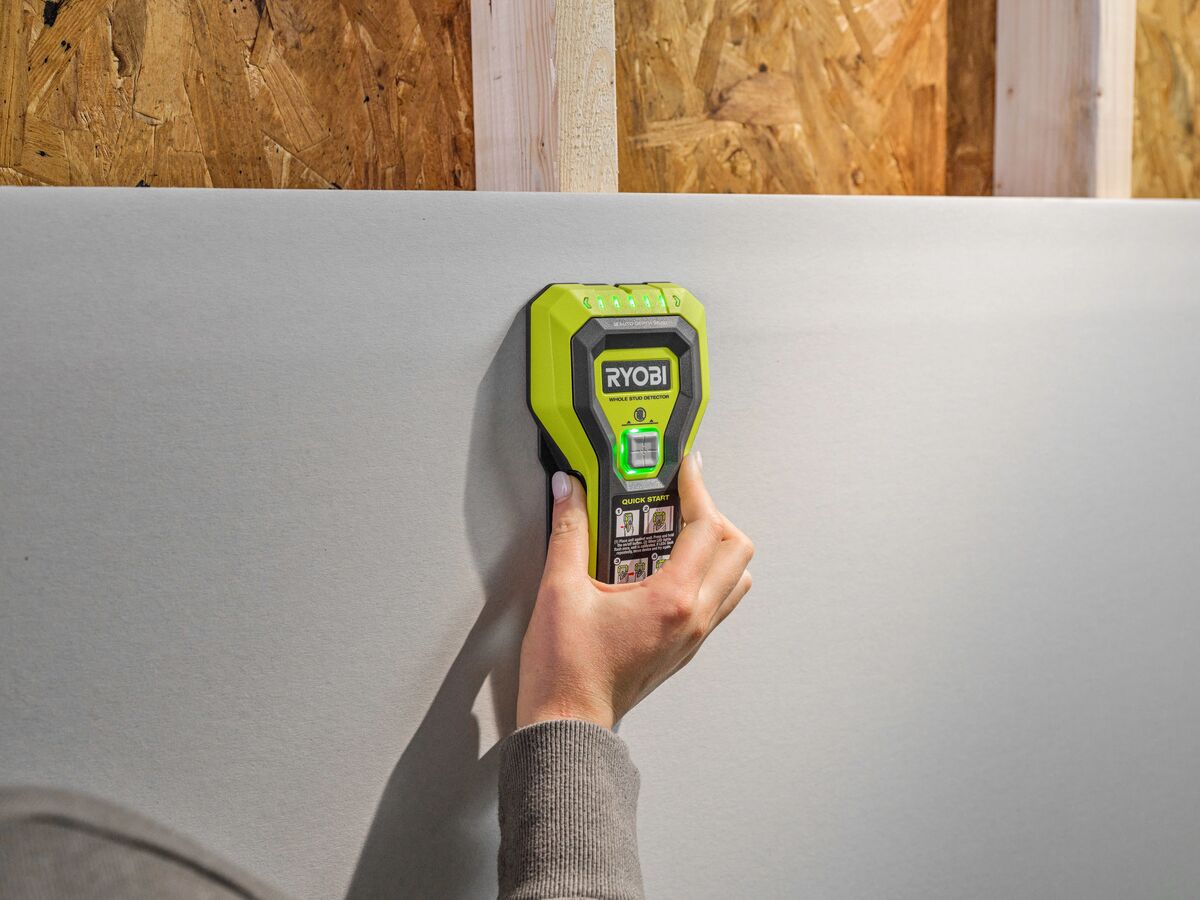
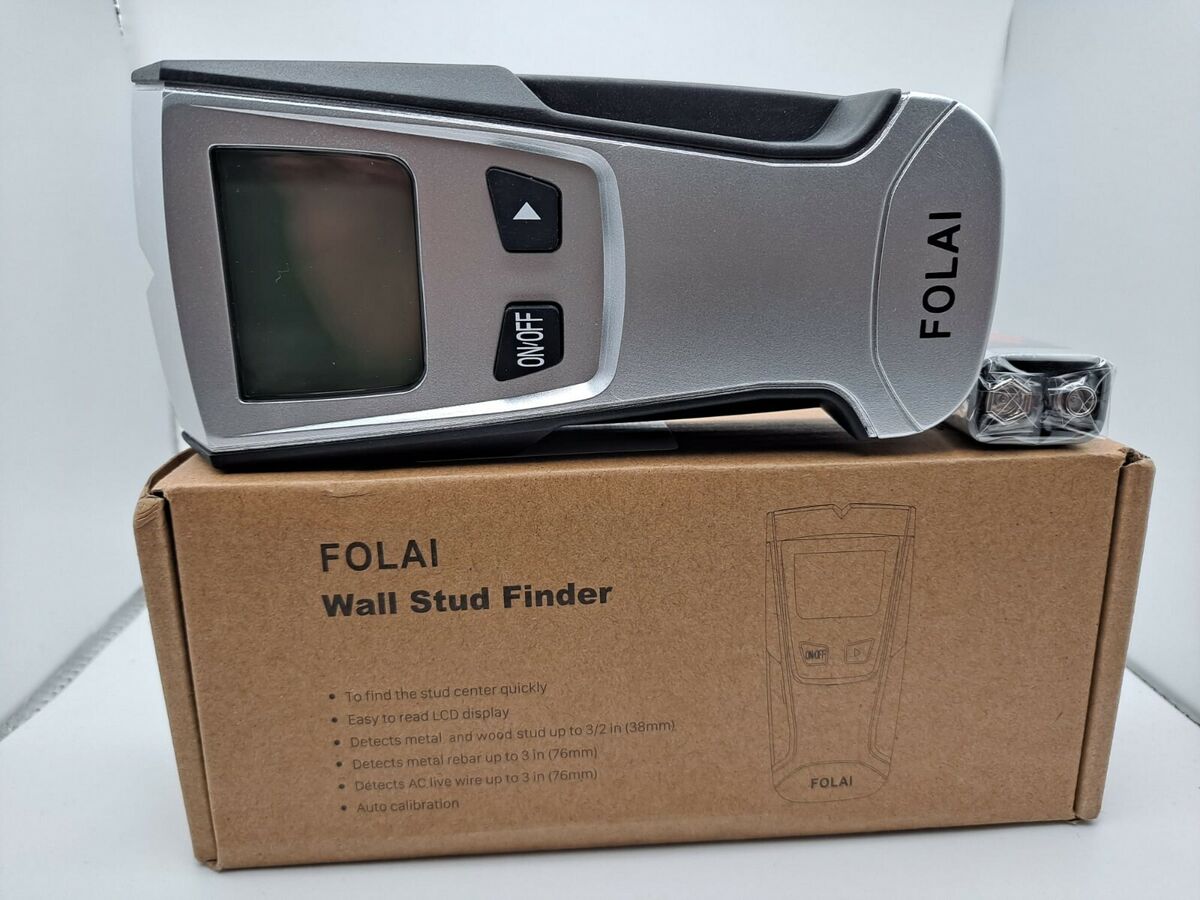
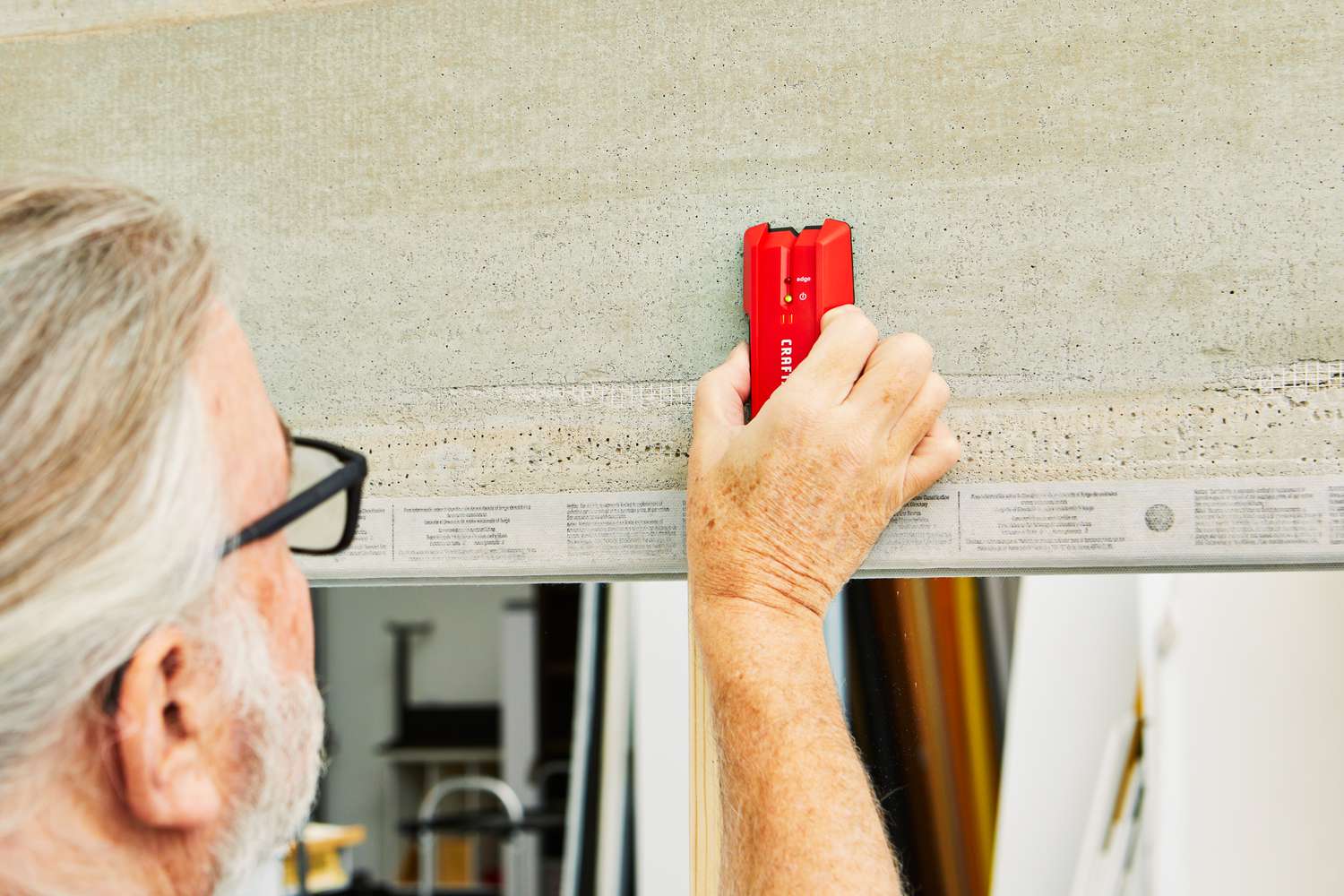
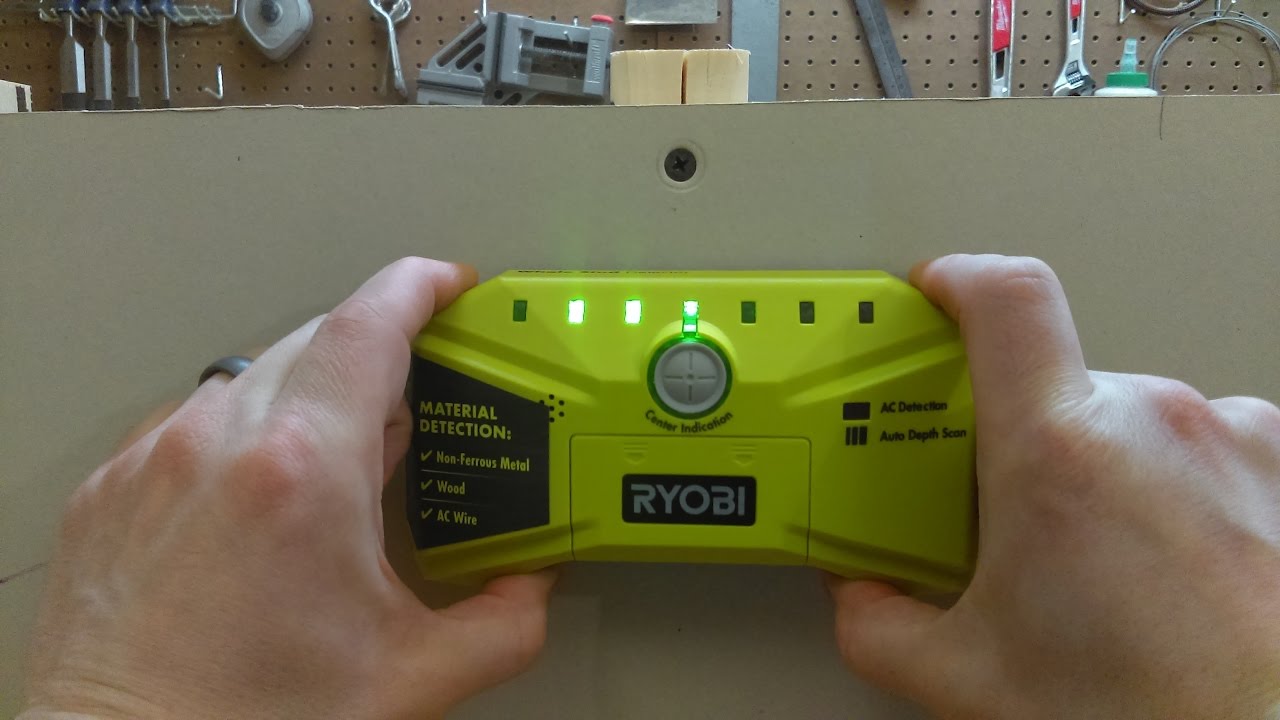
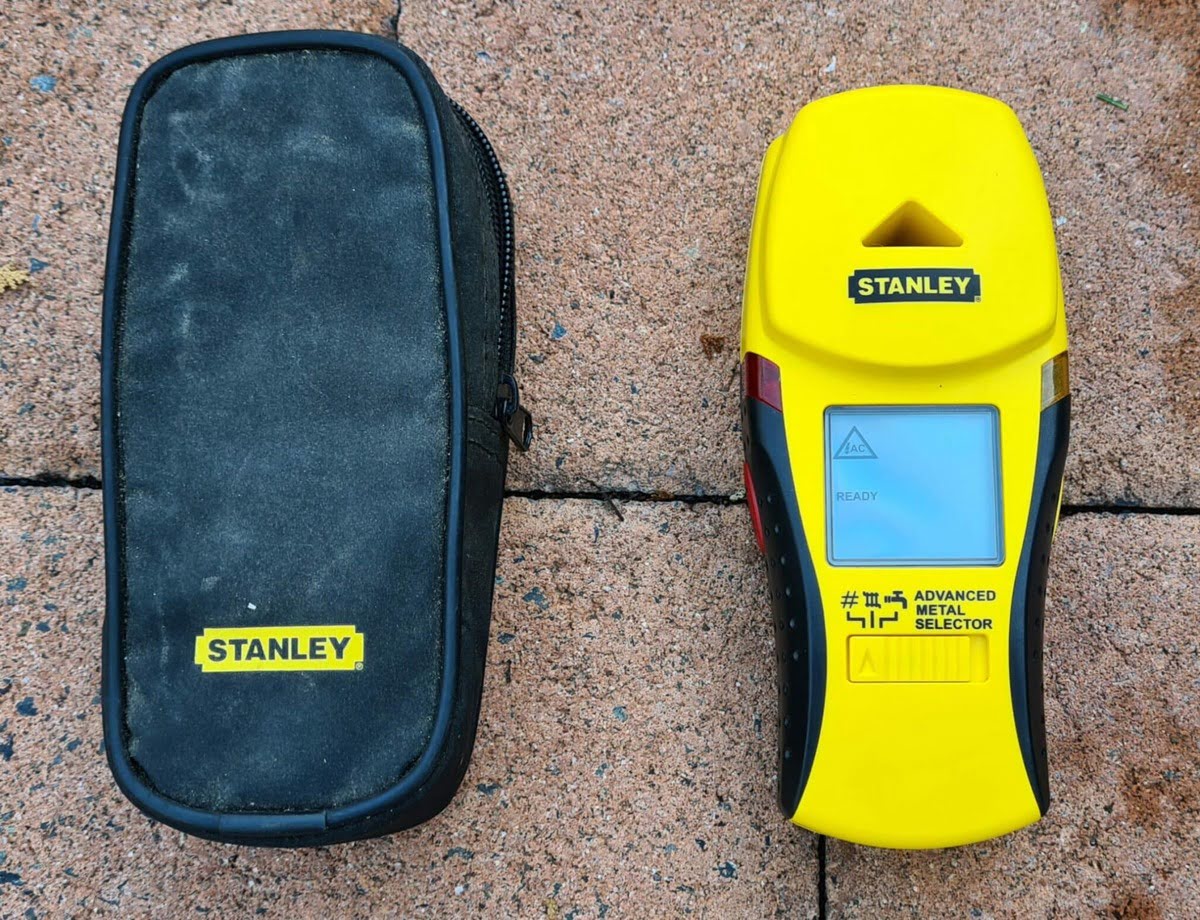
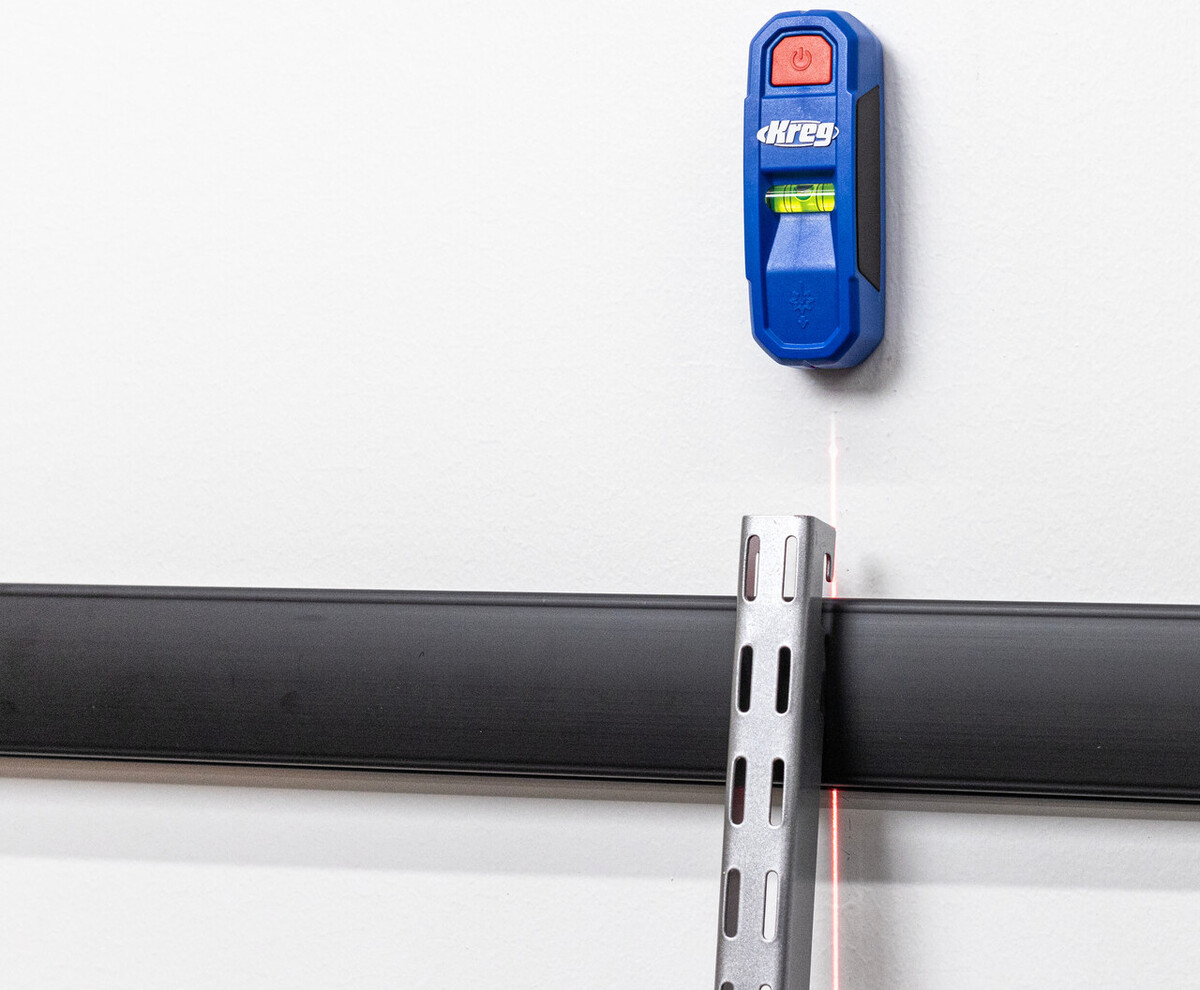

0 thoughts on “How To Locate A Stud Without A Stud Finder”